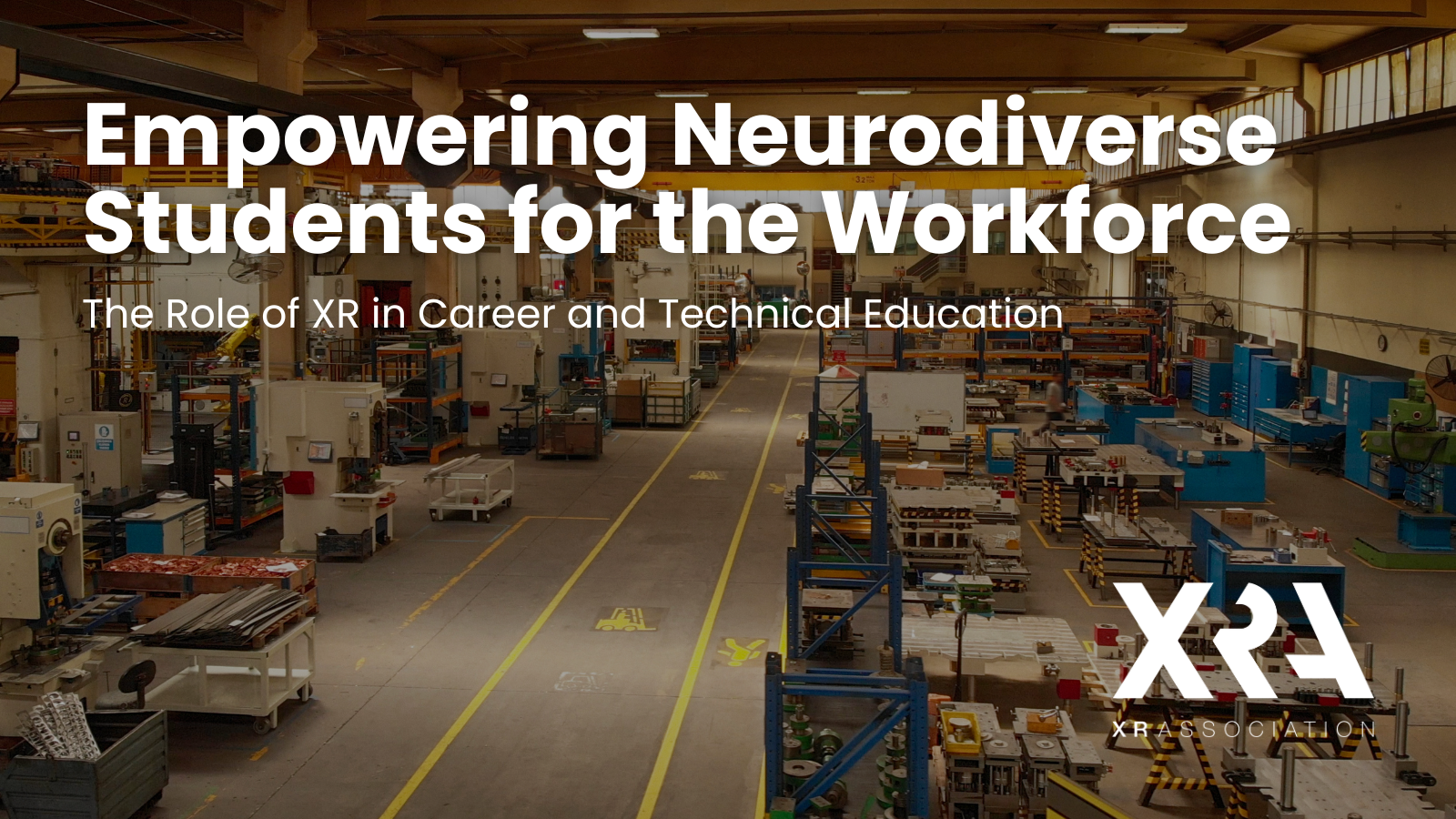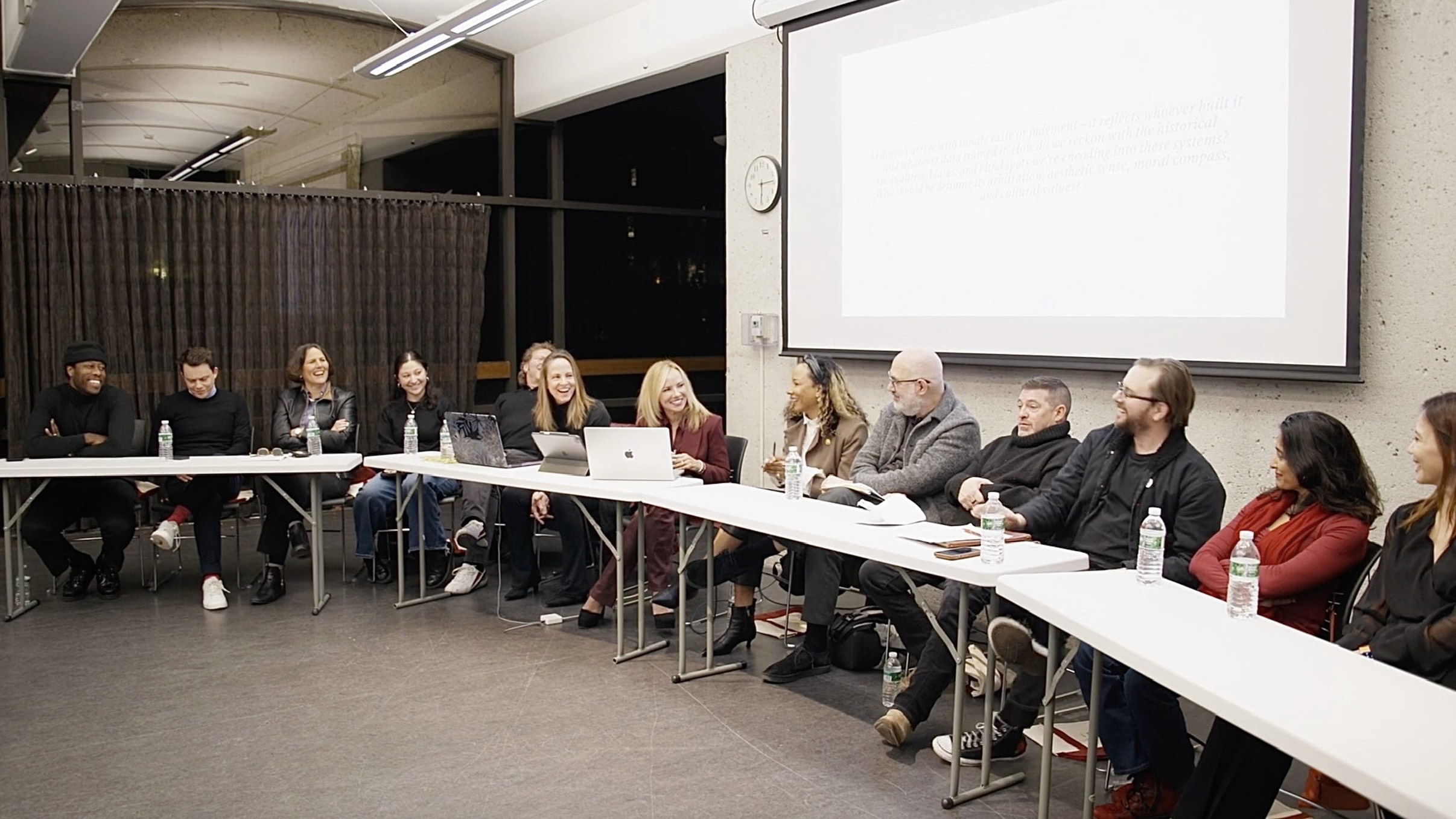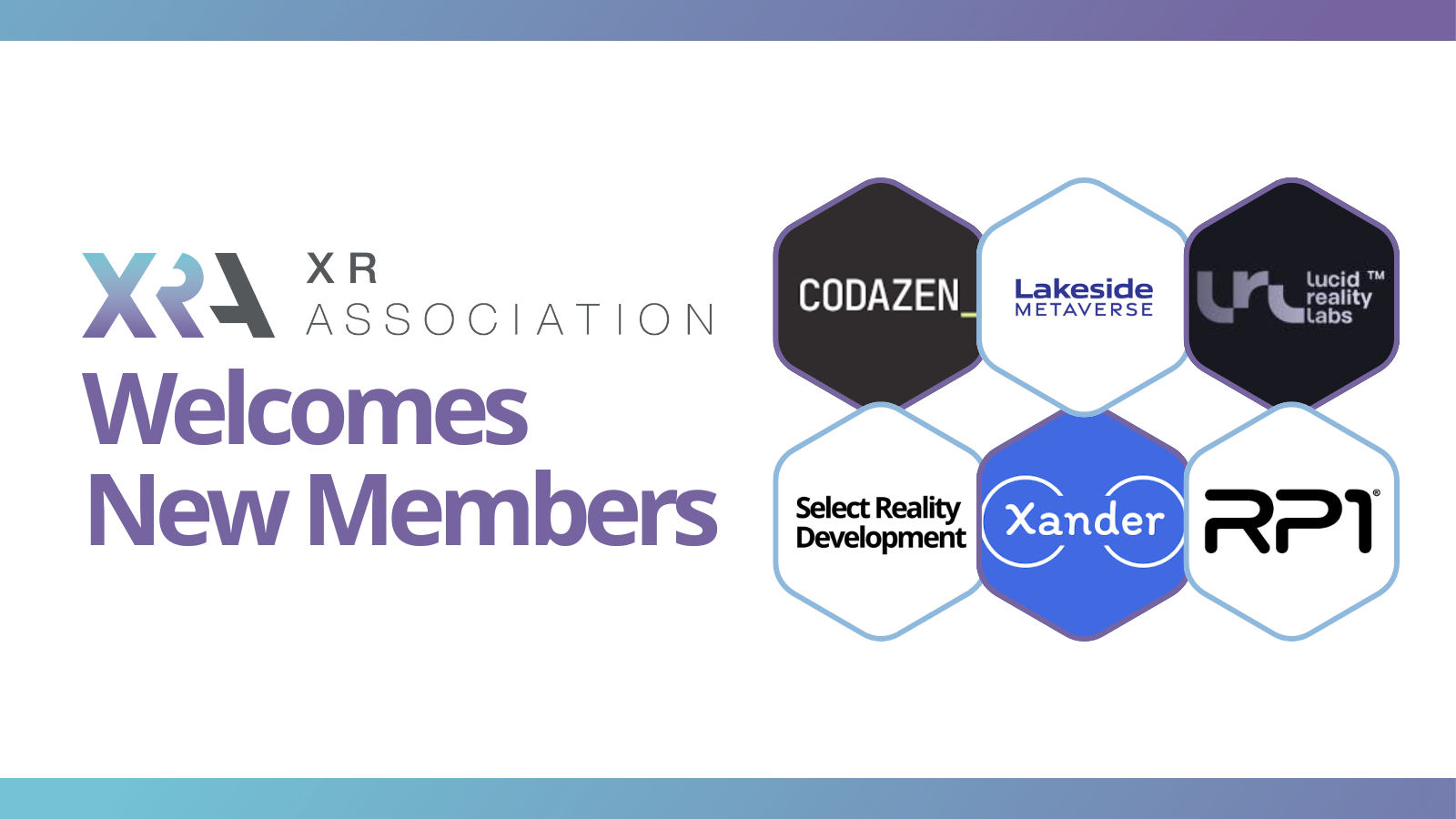XRA RELEASES NEW WHITE PAPER ON XR IN CAREER AND TECHNICAL EDUCATION FOR THE NEURODIVERSE LEARNER

The XR Association (XRA) has released a new white paper that explores how immersive technologies are transforming career and technical education (CTE) for neurodiverse students.
According to the Association for Career and Technical Education, students who complete CTE programs are more likely to graduate high school, secure full-time employment, and earn higher wages compared to their peers. In addition, research shows that teams with neurodiverse talent can be up to 30% more productive. Pair that with the Autism Society’s study reporting that 85% of adults with autism are underemployed and the need for training youth is clear. This exploration of why XR technologies are key for preparing all our youth for successful careers is intended to drive understanding of the unique positive impact of spatial computing.
“Expert members from our Education and Accessibility Working Groups joined forces to develop this white paper. Their collaboration underscores the potential of immersive technology to transform classrooms, expand opportunities, and create more equitable pathways for students pursuing technical careers.”, said Stephanie Montgomery, Senior Vice President of Research & Best Practices. “Resources like this are essential for our industry as we work to inform best practices, guide innovation, and ensure that immersive tools are designed to meet the needs of every learner.”
Leveraging immersive simulations, interactive skill-building exercises, and real-world career exploration, XR is transforming the way students engage with technical education. The paper explores how XR technologies are transforming CTE by examining the benefits of XR for neurodiverse learners, highlighting case studies, and providing recommendations for educators and policymakers that foster inclusion and accessibility in skill development.


